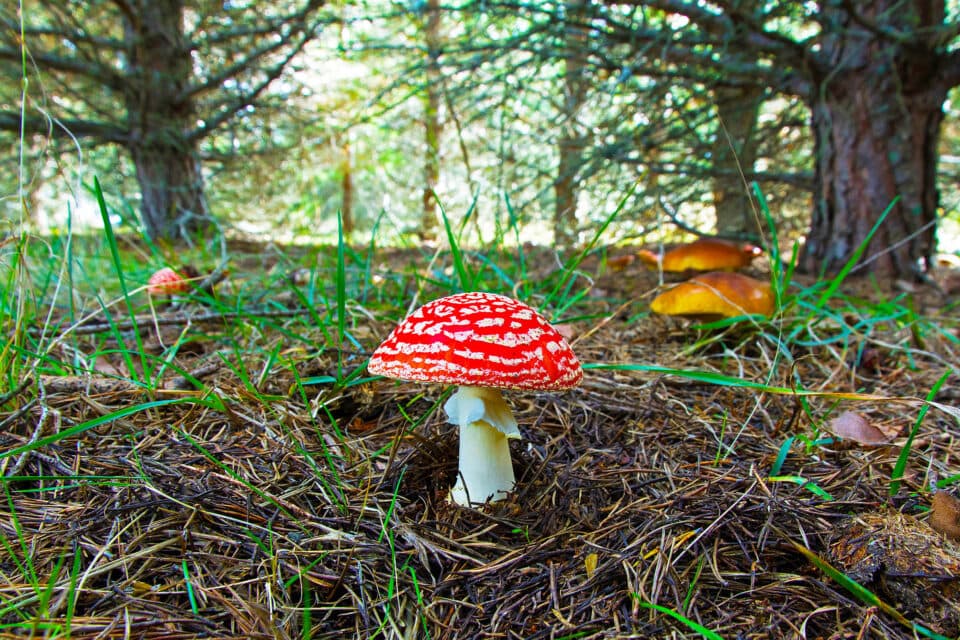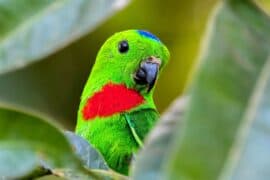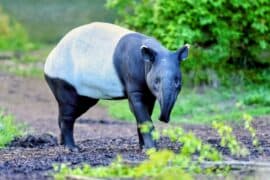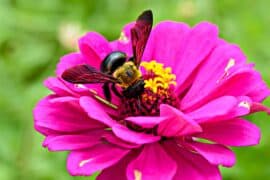
Exploring the symbiotic relationship of plant roots and underground fungi
Beneath the earth’s surface, a silent partnership has been thriving for millions of years. Plants and mycorrhizal fungi work together in a remarkable way.
Plants share the carbon they make from sunlight. In return, fungi provide them with water and important nutrients.
At the center of this trade-off, fungi extend tiny structures into the plant roots, making it easier for both sides to exchange these vital resources.
Utilizing RNA sequencing, researchers have achieved spatially-resolved transcriptomics. This approach is a first of its kind for cross-kingdom research.
Consequently, with this method, they have mapped the gene expression of both plants and fungi with astonishing clarity.
Plants, fungi, and the wonders of symbiosis
Symbiosis is a biological concept referring to the interaction between two different organisms living in close physical association, typically to the advantage of both.
This relationship can vary in nature, being mutualistic, parasitic, or commensalistic:
- Mutualism involves interactions where both species benefit from the relationship. An example is the relationship between bees and flowers, where bees get nectar for food while pollinating the flowers in the process.
- Parasitism is a relationship where one organism, the parasite, benefits at the expense of the other, the host. Parasites may live on the skin or inside the host organism. An example is the relationship between tapeworms and vertebrates.
- Commensalism involves a relationship where one organism benefits, and the other is neither helped nor harmed. An example is barnacles that attach to whales. The barnacles gain mobility and access to nutrient-rich waters, while the whale is unaffected by their presence.
The relationship between underground fungi and plant roots falls under the category of mutualism and is specifically known as mycorrhiza. In this symbiotic association, the fungi colonize the plant roots, leading to a mutually beneficial relationship.
Understanding cellular interactions
Benjamin Cole, the senior author of the study and a research scientist at the U.S. Department of Energy’s Joint Genome Institute (JGI), emphasized the importance of understanding the cellular dynamics of this relationship.
“Our goal was to dissect the symbiosis at the cellular level, to see how these distinct cell types from different kingdoms interact without the distraction of external biological activity,” Cole explained.
Environmental and agricultural implications
The implications of this research are profound. On the fungal side, mycorrhizal networks can act as carbon sinks, storing the carbon compounds that plants synthesize.
Moreover, this aspect of their relationship suggests a strategy for improving soil carbon storage, a crucial factor in combating atmospheric carbon dioxide levels.
Subsequently, for plants, particularly those used as biofuel feedstocks in nutrient-deficient soils, enhancing this symbiotic relationship could significantly boost survival and productivity.
“This interaction is pivotal for plant survival in such challenging environments,” noted Karen Serrano, the paper’s first author and a graduate researcher at the Joint BioEnergy Institute (JBEI).
A deep dive into the root of the matter
Focusing on the model legume Medicago truncatula and the mycorrhizal fungi Rhizophagus irregularis, the team investigated their cooperative relationship from the ground up.
By introducing R. irregularis spores to M. truncatula seedlings under controlled conditions, researchers observed the fungi’s colonization of the plant roots. They then compared gene expression in both organisms against control seedlings.
Genetic dialogues between plants and fungi
Employing single nuclei RNA sequencing, the researchers could distinguish cell types within the plant roots and chart their gene expression.
Spatial transcriptomics provided a map of gene expression across circular areas about the width of a human hair. This enabled a detailed view of the molecular dialogue between plant and fungal cells.
“This technique allowed us to capture a comprehensive profile of gene expression from both kingdoms, given its reliance on capturing polyadenylated transcripts,” Serrano explained.
Genetic engineering and bioenergy crops
The team identified over 12,000 fungal genes and numerous plant genes, offering a granular insight into the symbiosis’s dynamics.
Among these, over 1,000 genes were upregulated, with 188 echoing findings from previous studies, presenting potential targets for genetic engineering.
“These genes are prime candidates for future research. We hope the wider scientific community will build upon our findings,” Serrano added.
Furthermore, while this research focused on a well-understood model system, future studies aim to explore arbuscular mycorrhizal symbiosis in bioenergy crops like sorghum and switchgrass.
“We’re currently refining our methods to apply our findings to other bioenergy grasses, setting the stage for further advancements,” Cole concluded.
Plants, fungi, and Earth’s future
This fascinating research has unlocked new insights into the ancient symbiotic relationship between plants and fungi.
By employing cutting-edge techniques such as single nuclei RNA sequencing and spatial transcriptomics, they have revealed the intricate molecular interactions that take place at the cellular level.
The study’s findings offer exciting possibilities for improving carbon storage, biofuel production, and sustainable agriculture.
As the team continues to explore this fascinating symbiosis in other bioenergy grasses, we can anticipate further advancements in our understanding and application of this powerful alliance between plants and fungi.
The full study was published in the journal Nature Plants.
—–
Like what you read? Subscribe to our newsletter for engaging articles, exclusive content, and the latest updates.
Check us out on EarthSnap, a free app brought to you by Eric Ralls and Earth.com.
—–












